14 Pepper Varieties Perfect for Your Vegetable Garden
Adding pepper plants to your garden brings both beauty and taste. They grow in a wide range of sizes and flavors, from mild to fiery. These plants do well in warm weather and are often simple to care for. They also look nice alongside tomatoes, herbs, and other vegetables. If you are ready to grow something flavorful, this list has great choices to consider.
This post may contain affiliate links, which helps keep this content free. Please read our disclosure for more info.
Bell Pepper
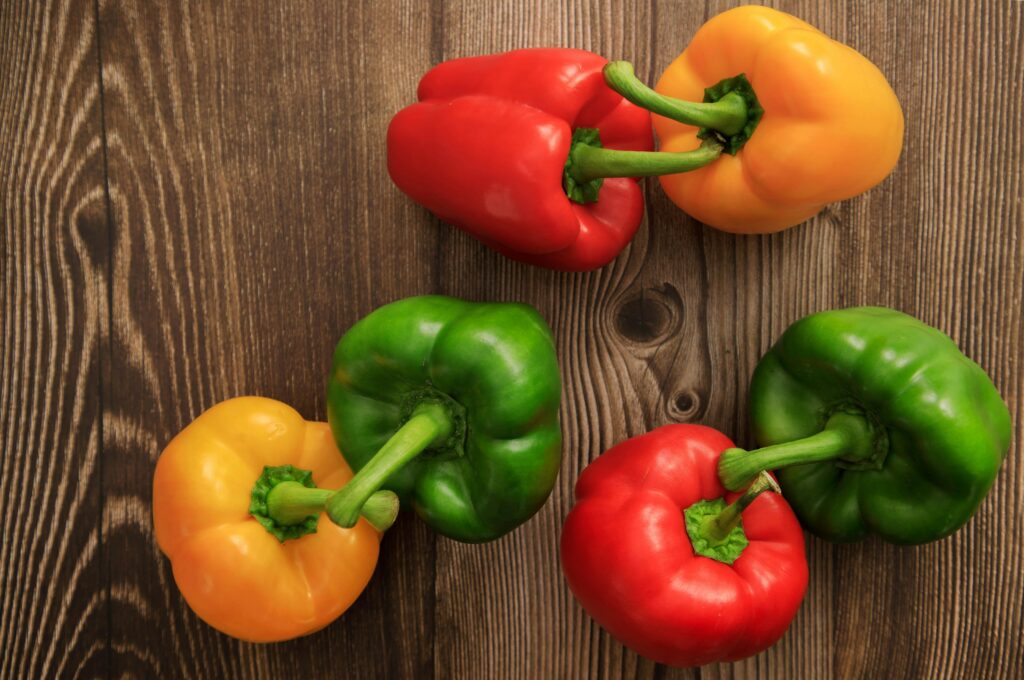
Bell peppers are sweet, crisp, and perfect for fresh eating or cooking. They grow best in warm weather and need plenty of sunlight. The plants can produce green, red, yellow, or orange fruit depending on the variety. Bell peppers are a good pick for gardeners who prefer mild flavor.
You can start them from seeds indoors and move them outside once temperatures rise. They grow well in garden beds or large pots. Regular watering and good drainage help the plants stay healthy. Bell peppers are often used in salads, stir-fries, and stuffed dishes.
Jalapeno
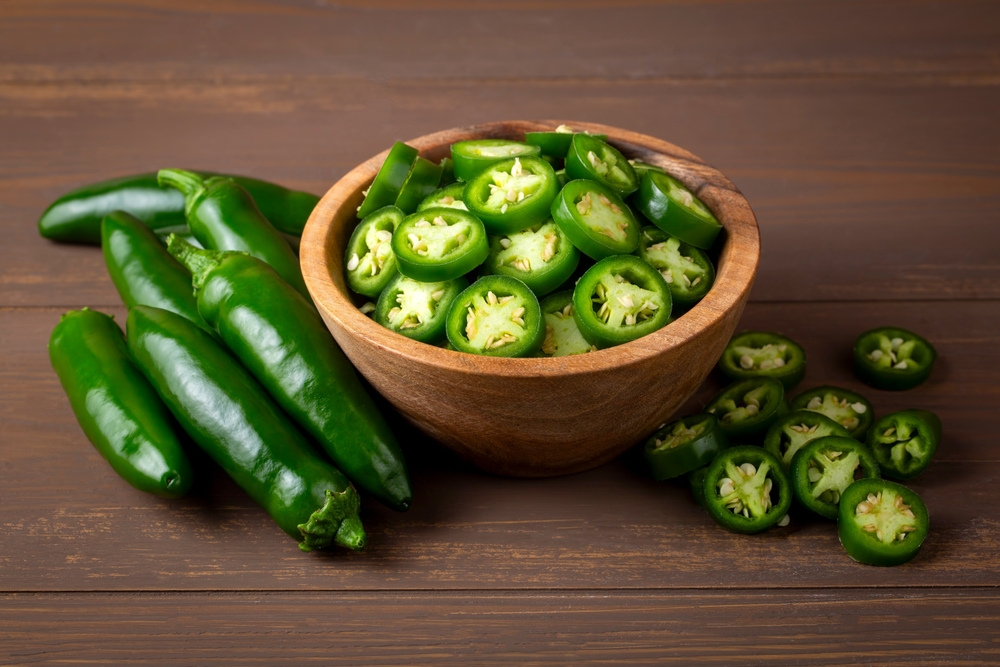
Jalapenos are small green peppers with a medium level of heat. They are great for adding spice to salsa, nachos, or grilled dishes. The plants are compact and can grow well in containers or garden rows. Jalapenos usually turn from green to red as they ripen.
They need full sun and regular watering to thrive. These peppers grow quickly and often produce a large number of fruits. You can harvest them when they reach about three inches long. Jalapenos can be used fresh, pickled, or smoked.
Banana Pepper
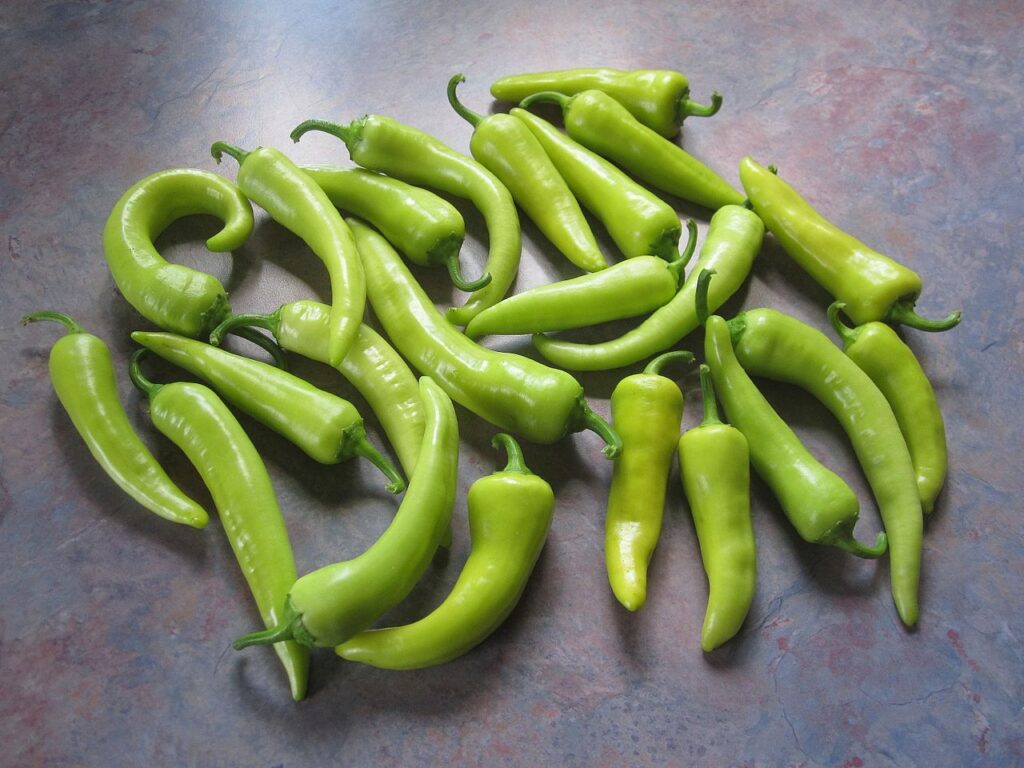
Banana peppers have a mild flavor with just a little heat. Their bright yellow color adds a pop to any garden or dish. These peppers are great for pickling, grilling, or slicing into sandwiches. They grow on bushy plants that do well in warm climates.
The peppers are long and slender, often growing up to six inches. You can harvest them when they are still yellow or wait until they turn orange or red. They need steady sunlight and moist soil. Banana peppers are easy to grow and very productive.
Habanero
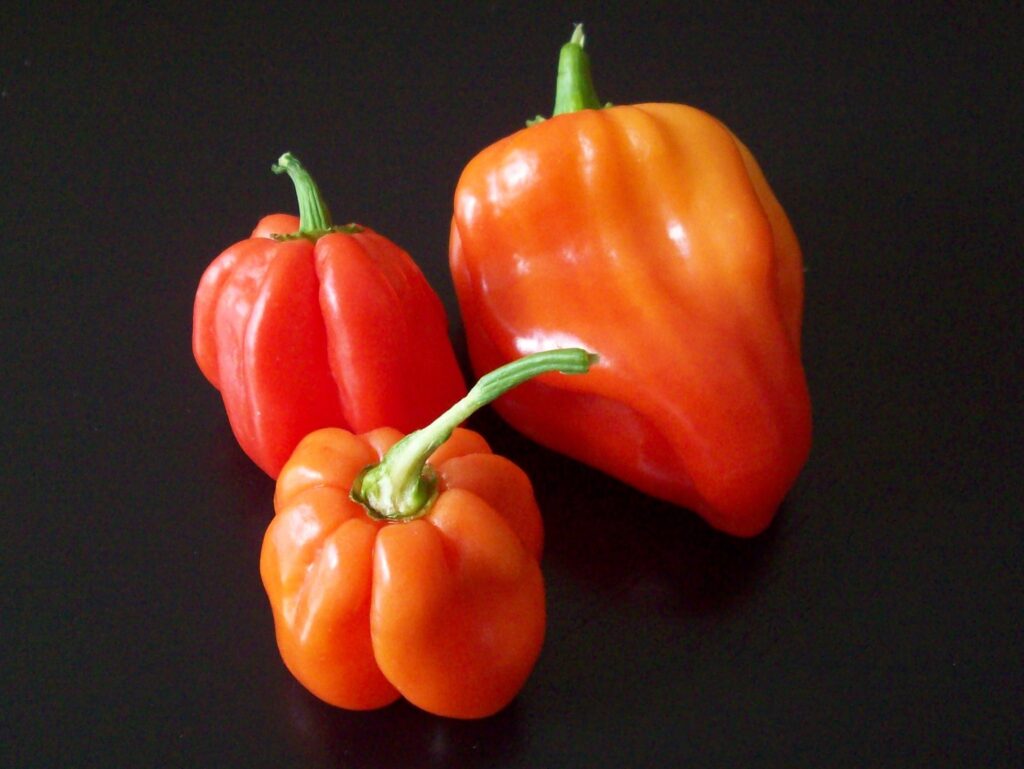
Habanero peppers are very hot and often used in hot sauces and spicy dishes. The peppers are small, lantern-shaped, and usually orange or red when fully ripe. They need a long, warm growing season and plenty of sunlight. These plants are better suited for experienced gardeners due to their heat level.
The fruit has a fruity, almost citrus-like taste beneath the heat. You can start seeds indoors and move them outside once it is warm enough. They do best in raised beds or well-drained soil. Always wear gloves when handling habaneros to avoid skin irritation.
Poblano
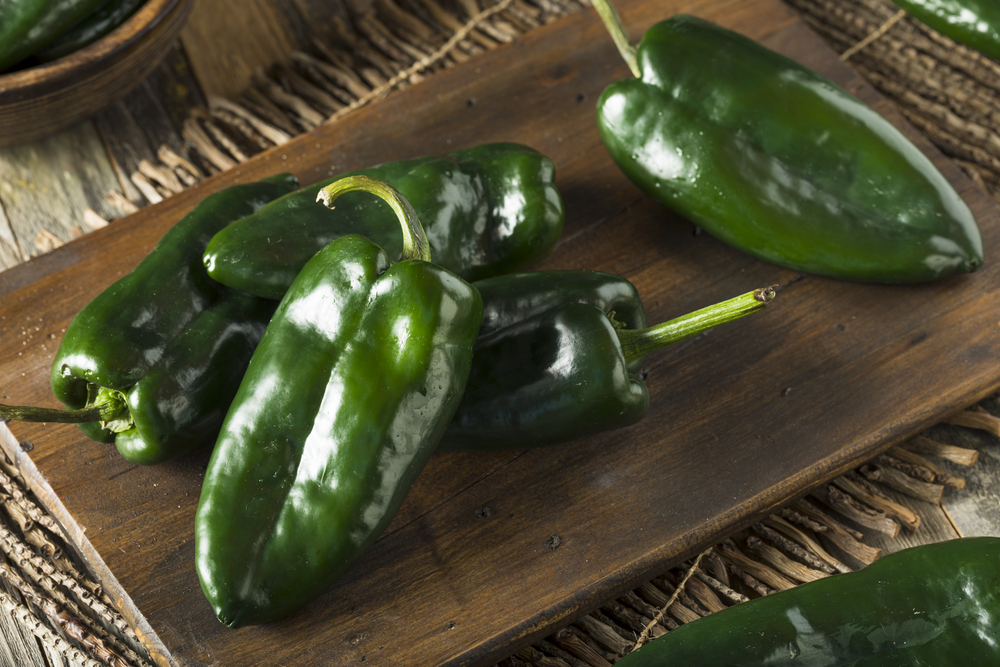
Poblanos are mild green peppers often used in Mexican dishes like chiles rellenos. They have a rich, earthy taste and are usually larger than most other peppers. When dried, they are known as ancho peppers. The plants are tall and need support as the peppers grow heavy.
They thrive in full sun and fertile soil. You can pick them when they are dark green or wait until they turn reddish-brown. Poblanos are best roasted or stuffed. They grow well in both small gardens and larger spaces.
Serrano
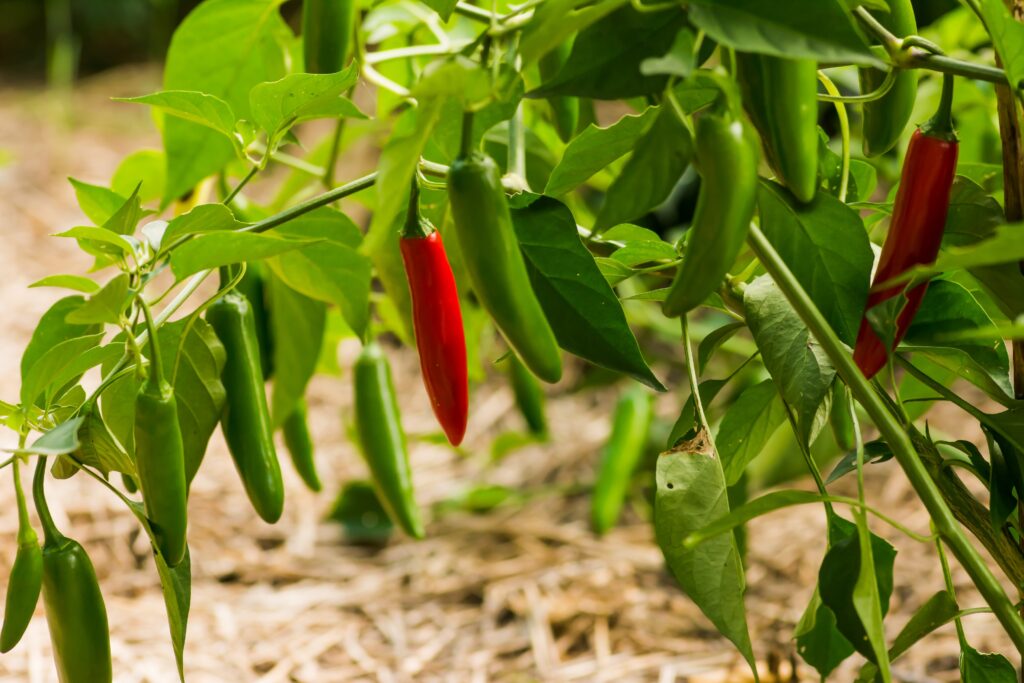
Serrano peppers are smaller than Jalapenos but pack more heat. They are commonly used in salsas, sauces, and spicy condiments. These plants grow quickly and can reach up to three feet tall. Serranos are usually green when picked but can turn red or orange when fully ripe.
They need well-drained soil and full sunlight. The peppers grow upright on the plant, making them easy to spot and harvest. Serranos can be eaten raw, roasted, or pickled. Their sharp heat and small size make them great for snacking or cooking.
Anaheim
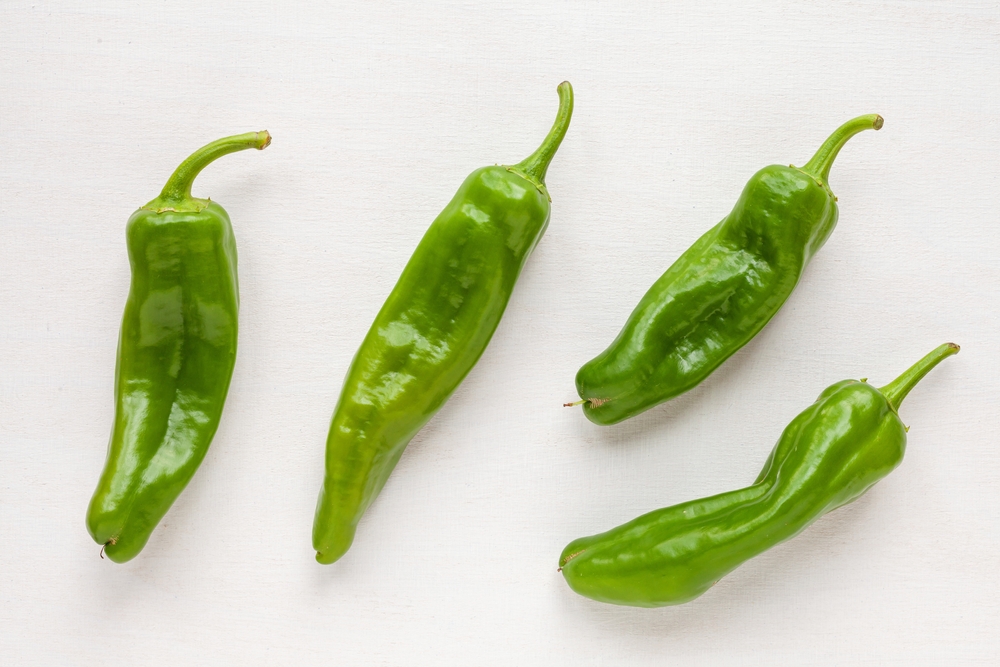
Anaheim peppers are large, mild peppers often used in roasting or stuffing. They are green when young and can turn red if left on the plant longer. These peppers are ideal for people who prefer a gentle heat. The plants grow well in warm climates and need plenty of space.
Anaheim peppers reach up to eight inches in length. They grow on sturdy plants that benefit from regular feeding and watering. These peppers are great for grilling or adding to chili recipes. You can dry or freeze them for later use.
Cayenne
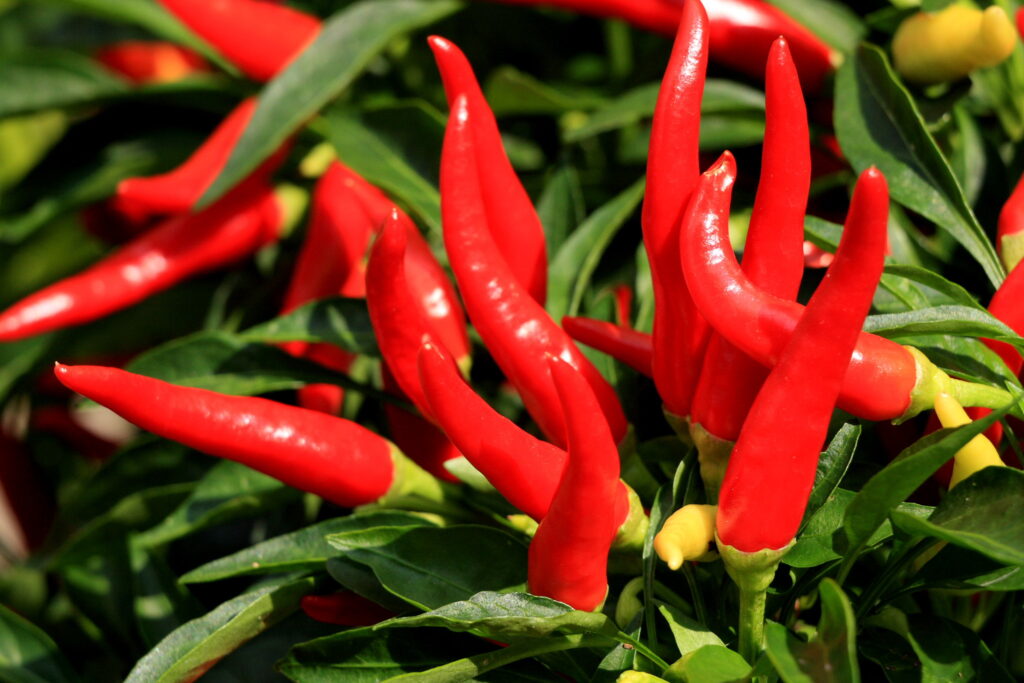
Cayenne peppers are long, thin, and fiery. They are usually red when ripe and are used dried or ground into powder. These peppers grow well in hot weather and need full sun. The plants produce many slender fruits over the season.
They can be used fresh, dried, or added to sauces for extra heat. Cayenne peppers are great for drying and storing. Support may be needed as the branches grow heavy with fruit. These plants are productive and reliable in warm gardens.
Shishito
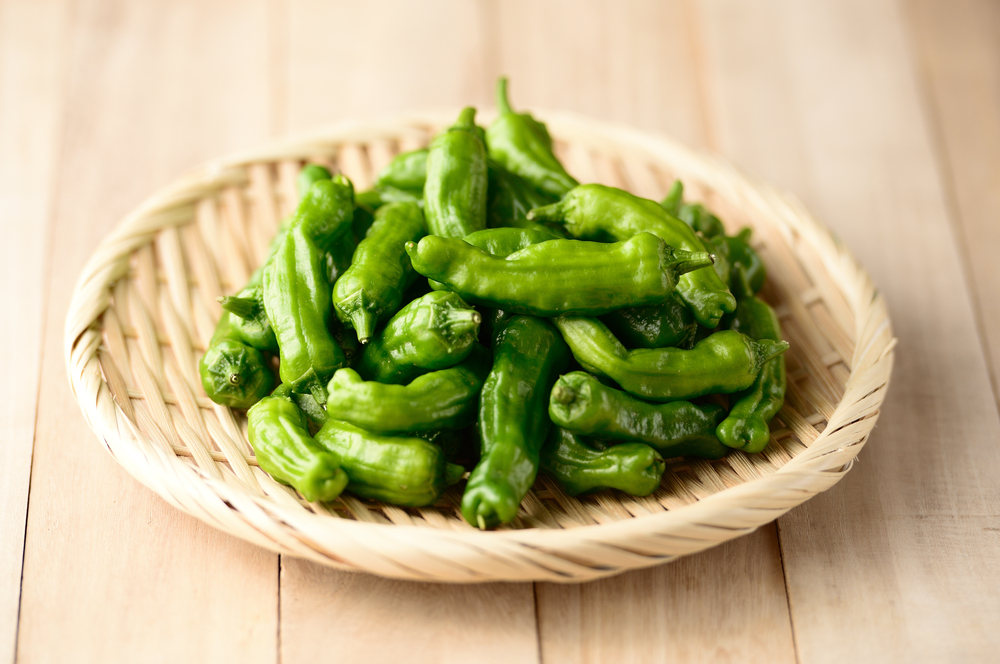
Shishito peppers are small, wrinkled, and mildly sweet. One out of ten might have a bit more heat, adding fun to the eating experience. They are popular for blistering in a pan and serving with a little salt. The plants are compact and do well in containers.
Shishito peppers thrive in sunny spots with regular watering. They are usually harvested when still green and about three inches long. These peppers grow quickly and often produce many fruits. They are a good option for snack lovers and patio gardeners.
Sweet Cherry
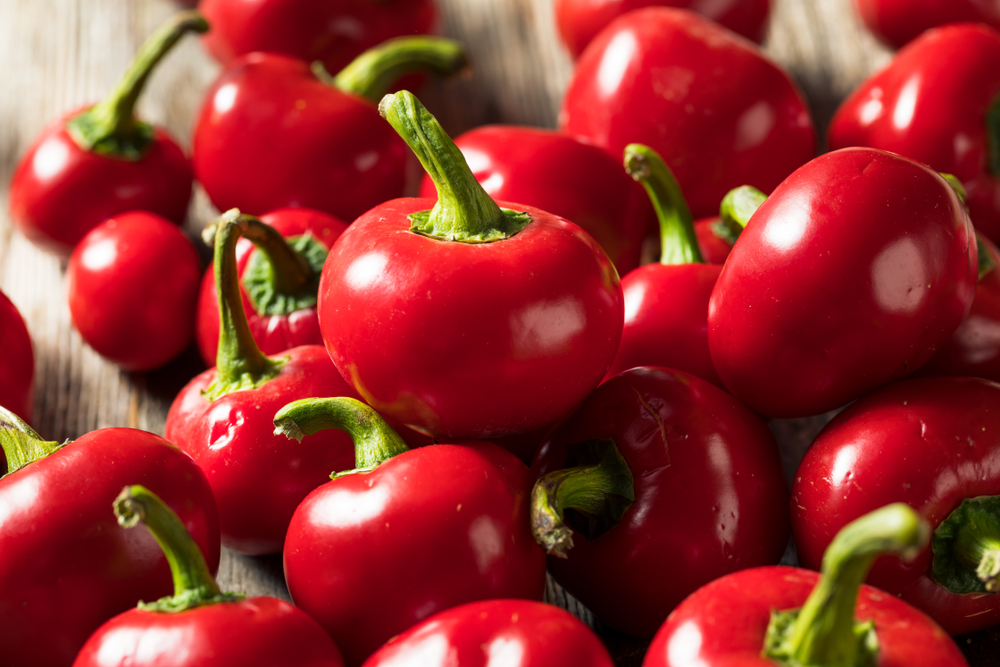
Sweet cherry peppers are round, red, and mildly sweet. They look like small tomatoes and are often used in pickling or stuffing. These peppers grow on compact plants that fit well in small gardens or pots. Their bright color adds interest to the garden.
You can pick them once they turn fully red and slightly soft. The plants need full sun and moist, well-drained soil. Sweet cherry peppers are easy to grow and enjoyable to eat. They are great for salads, jars, or roasted dishes.
Hungarian Wax
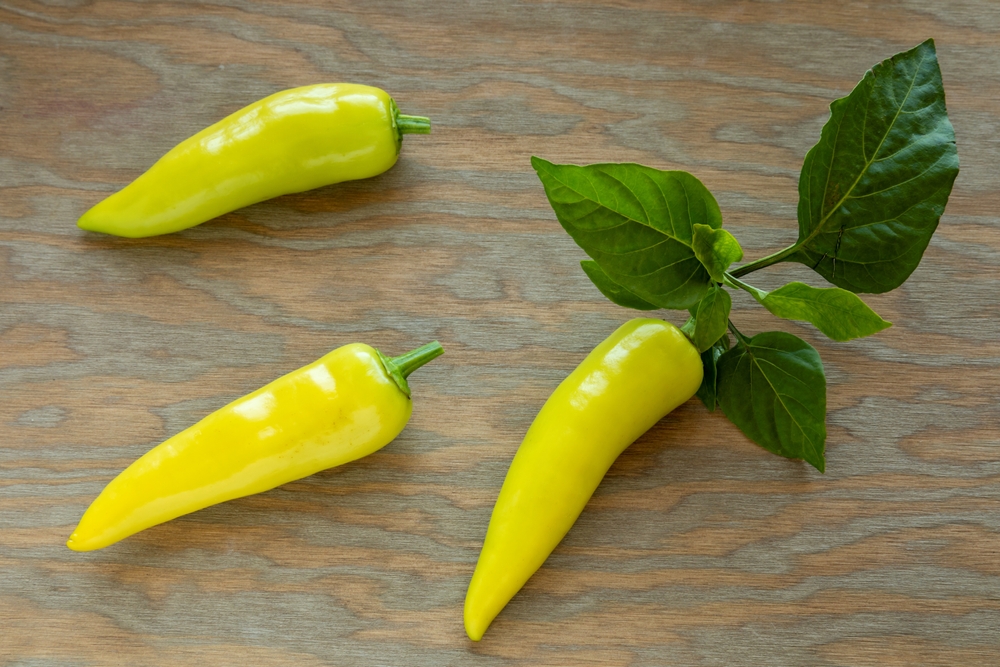
Hungarian wax peppers are medium-hot and look similar to banana peppers. They start yellow and change to orange or red as they ripen. These peppers are often used in pickling, frying, or adding to stews. The plants are sturdy and handle warm weather well.
You can harvest them at any color stage, depending on your taste. Hungarian wax peppers grow quickly and produce heavily. Regular watering and sunlight help them thrive. Their balance of flavor and heat makes them a good choice for many dishes.
Thai Chili
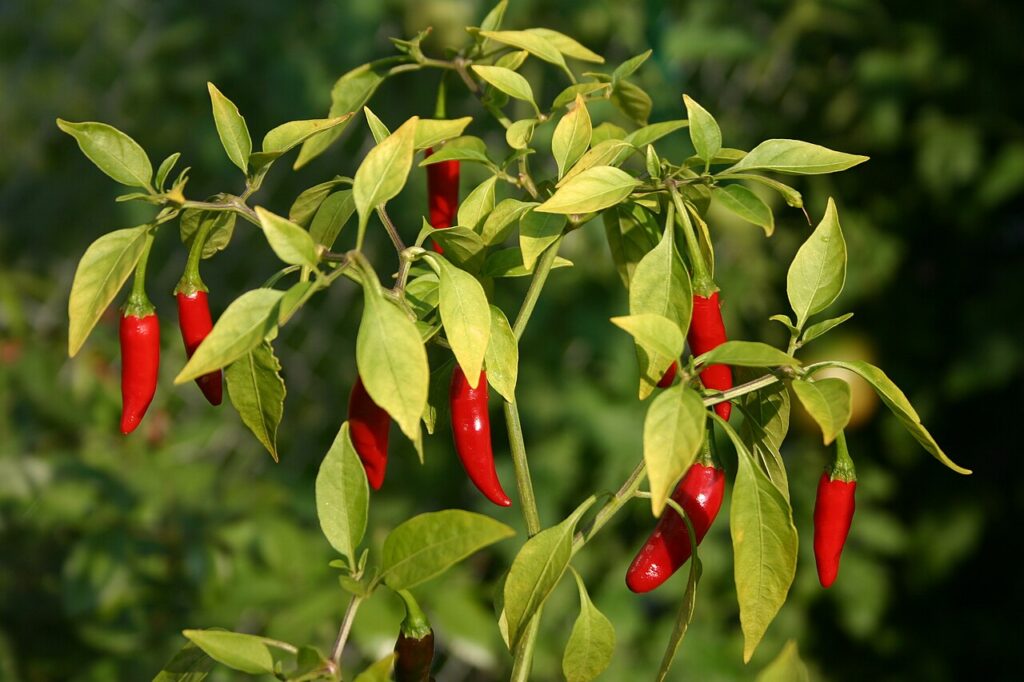
Thai chili peppers are small, thin, and very hot. They grow upright on the plant and turn bright red when ripe. These peppers are used in many Asian dishes and make strong chili pastes. The plants are compact and highly productive.
They need warm temperatures and full sun. Thai chilies dry well and can be used later in cooking. They are easy to grow in pots or beds. Handle with care, as their heat is strong.
Pimento
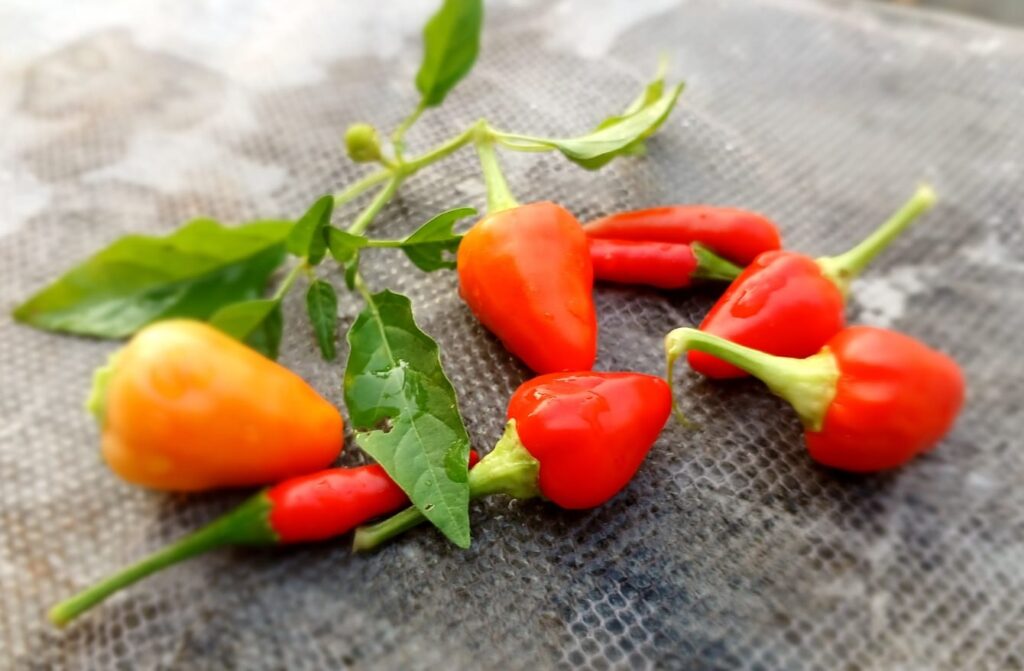
Pimento peppers are heart-shaped, sweet, and mild. They are often used to stuff green olives or make pimento cheese. The fruits are thick-walled and turn bright red when fully ripe. The plants are bushy and grow well in warm weather.
Pimentos can be roasted, grilled, or chopped into salads. They need full sun and steady watering. These peppers grow slowly but are worth the wait. Their sweetness makes them a favorite for fresh eating.
Fish Pepper
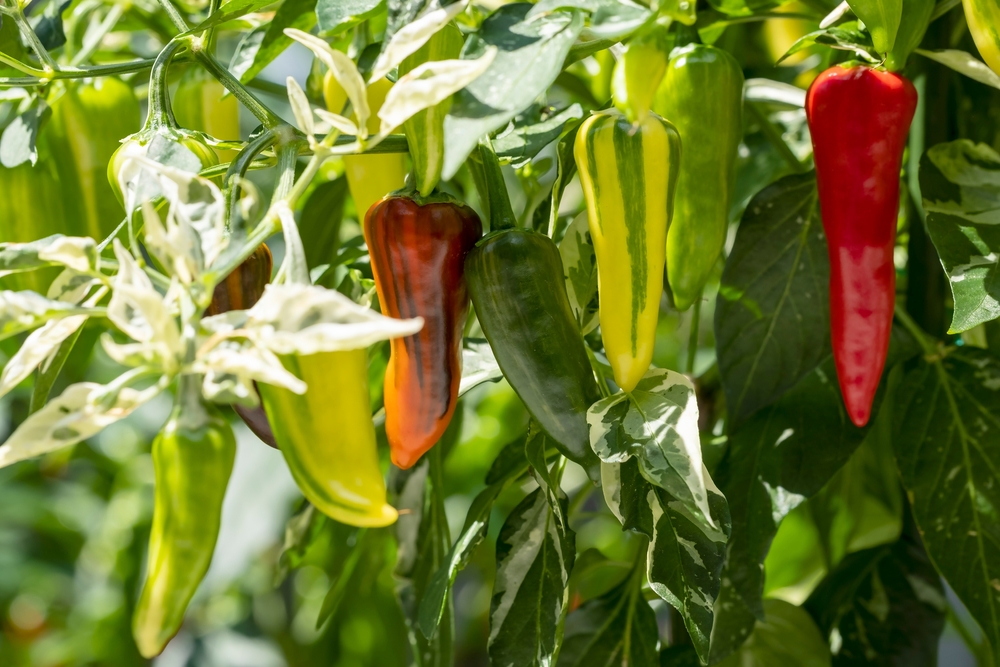
Fish peppers are colorful and moderately hot. The leaves often have white streaks, and the peppers change from cream to red as they ripen. This variety has roots in African American gardening history. The plants are both decorative and useful in cooking.
They grow well in sunny spots with regular care. The peppers can be used in sauces, stews, and seafood dishes. Fish peppers do well in containers and small spaces. Their look and flavor bring something special to the garden.
Growing different types of pepper plants can bring both color and flavor to your garden. Whether you prefer sweet or spicy, there is something for every taste. These plants are simple to grow with a little sunlight and care. Try a few varieties and enjoy the results from your own backyard.
This article originally appeared on Avocadu.
